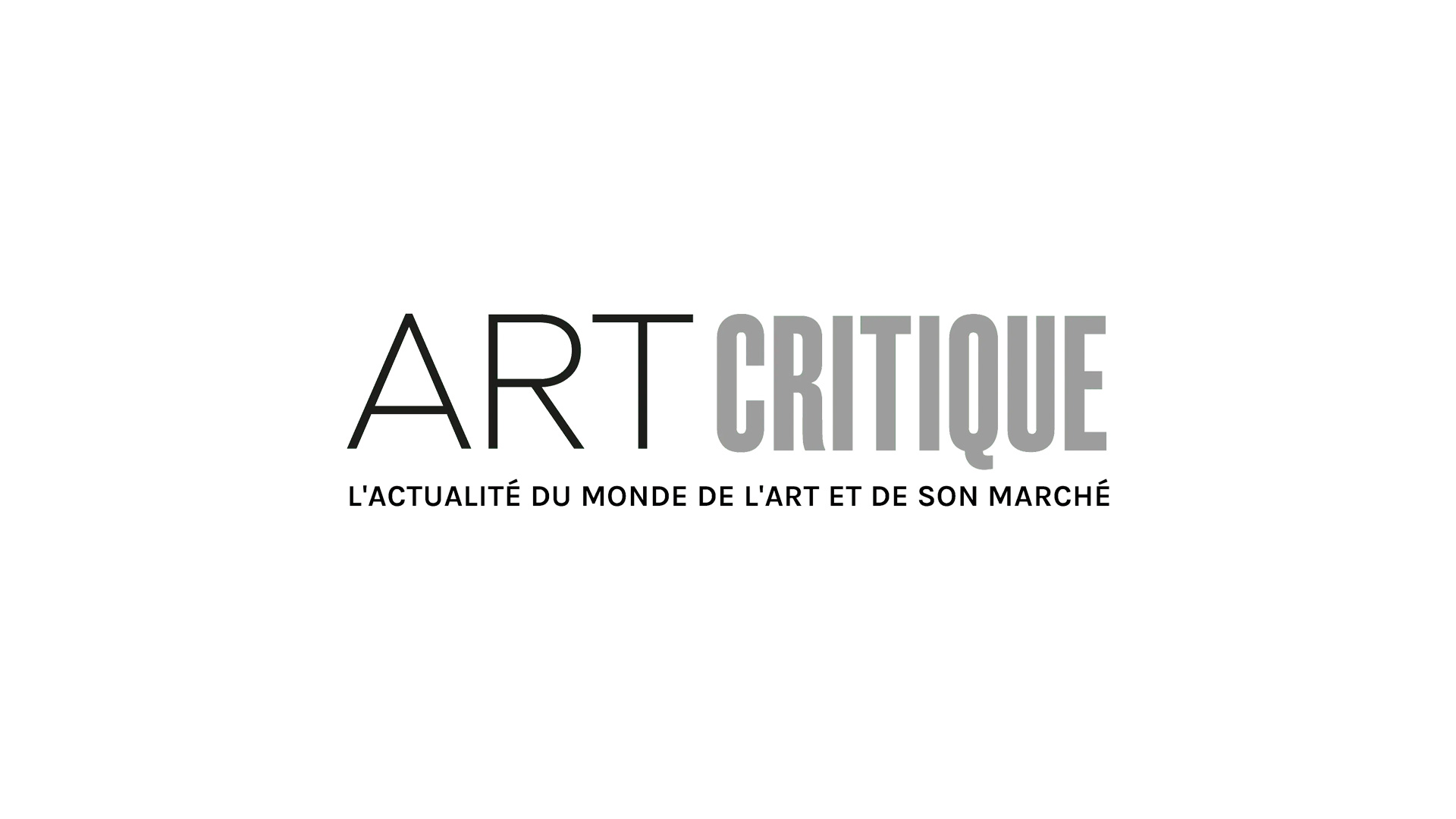Whether through social media engagement, immersive exhibitions, or fashion-forward thinking, art museums are creating novel opportunities to interact with artwork and with that increasing visitorship like never before. The Art Newspaper’s annual survey of the 20 most visited exhibitions revealed that although established masters and their timeless pieces continue to bring in visitors, fashion exhibitions and interactive elements also increase museum attendance.
The Louvre retained its position as the most visited museum in the world; their 26% increase in attendance is in part due to their collection but also to Beyonce and Jay-Z’s “APESHIT” music video. Museums are living in a time where the majority of visitors experience art through their mobile devices and social media. Whether it be filming a soon-to-be trending video in front of revered masterpieces or snapping a selfie in immersive fabric sculptures, museumgoers are finding their way to exhibitions and connecting to artworks through social media.
The Art Newspaper’s recent annual survey saw an increase and upward trend in exhibitions centered around fashion. The Metropolitan Museum’s Heavenly Bodies: Fashion and the Catholic Imagination show was the most visited exhibition of 2018 with nearly 1.7 million people (10,919 visitors a day) walking past its avant-garde halls. The exhibition curated by the Costume Institute combined pious artworks and sacristy objects with contemporary couture.
Other museums that experienced similar success through shows centered around fashion include the Victoria and Albert Museum with Frida Kahlo: Making Her Self Up, Museo Nacional Thyssen-Bornemisza’s with Sorolla and Fashion, and Denver Art Museum with Dior: From Paris to the World. The V&A’s current exhibition, Christian Dior: Designer of Dreams, is on view until September 2019 but is continuously sold out. The incredible success experienced by the Met and other art institutions demonstrates the public demand for shows centered around costume, past, present, and future.
Although the V&A featured two exhibitions centered around fashion in 2018, part of their record-breaking success is owed to their “multi-sensory and playful” show based on Winnie the Pooh. Many a museum are increasing their interactive offerings and photo-friendly environments. The Metropolitan museum’s second most popular 2018 exhibition, Michelangelo: Divine Draftsman and Designer, which featured sculpture, a painting, and over 100 studies, also included an Instagram-friendly replica of the Sistine Chapel ceiling.
Visitors are increasingly drawn to shows that provide opportunities for them to interact with artworks or that offer immersive experiences. The Smithsonian’s American Art Museum’s exhibition Do Ho Suh: Almost Home, was the third most visited exhibition of the year. With more than 7,800 visitors a day, the fabric installation allowed visitors to experiences past homes of the artist through stitched details and diaphanous walls. This particular exhibition became an Instagram phenomenon.
Many curators whose shows become social media sensations argue that it was never their initial intention; instead, they hoped to create cohesive exhibitions that form lasting connections with their diverse audiences. Art museums do not generally curate exhibitions based on their Instagram appeal as opposed to “Instagram institutions” such as the Color Factor or the Museum of Ice Cream.
Nonetheless, it is hard to deny the power of social media in increasing the attendance numbers that art museum directors rely on grants, patronage, and sustainability. To compete with other lucrative attractions and build new interpretive bridges, contemporary and encyclopedic museums are creating novel opportunities to interact with audiences while also offering dynamic costume inspired exhibitions. Readers can look forward to seeing the Met’s upcoming fashion exhibition, Camp: Notes on Fashion, opening May 9, 2019.





